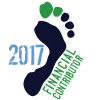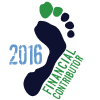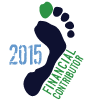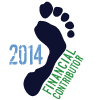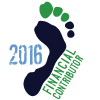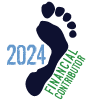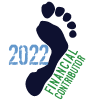NEW STUDY BEING CONDUCTED: Running injuries in shod vs minimal footwear/barefoot runners
There is an ongoing debate about the benefits and risks of running in minimal footwear and barefoot instead of running in "normal" running shoes. Martin Daumer, inventor of FreeHeel Running Pads, and a team of students from TUM Munich (from the lecture "clinical applications of computational medicine" headed by the inventor of the "FreeHeel Running Pads" Martin Daumer--http://www.rcs.ei.tum.de/fileadmin/tueircs/www/clinical-applications-daumer/Flyer_CA12.pdf) plan to collect information about the association between running injuries and footwear. You are eligible to go through the questionnaire if you are used to running with traditional running shoes some time ago but now, after a certain transition phase, you are running mostly either in minimal footwear or barefoot. We will not collect any personal information about you. Results of the survey and comments will be published.
STUDY FORM CAN BE FOUND HERE ----> (Please let us know if you have trouble viewing or submitting this form.)
https://docs.google.com/spreadsheet...ue&formkey=dGppOFdsbEotTDMzQWtpWUdGWW9WTlE6MQ
THE DEADLINE IS: January 21, 2013, 8pm CET
There is an ongoing debate about the benefits and risks of running in minimal footwear and barefoot instead of running in "normal" running shoes. Martin Daumer, inventor of FreeHeel Running Pads, and a team of students from TUM Munich (from the lecture "clinical applications of computational medicine" headed by the inventor of the "FreeHeel Running Pads" Martin Daumer--http://www.rcs.ei.tum.de/fileadmin/tueircs/www/clinical-applications-daumer/Flyer_CA12.pdf) plan to collect information about the association between running injuries and footwear. You are eligible to go through the questionnaire if you are used to running with traditional running shoes some time ago but now, after a certain transition phase, you are running mostly either in minimal footwear or barefoot. We will not collect any personal information about you. Results of the survey and comments will be published.
STUDY FORM CAN BE FOUND HERE ----> (Please let us know if you have trouble viewing or submitting this form.)
https://docs.google.com/spreadsheet...ue&formkey=dGppOFdsbEotTDMzQWtpWUdGWW9WTlE6MQ
THE DEADLINE IS: January 21, 2013, 8pm CET




